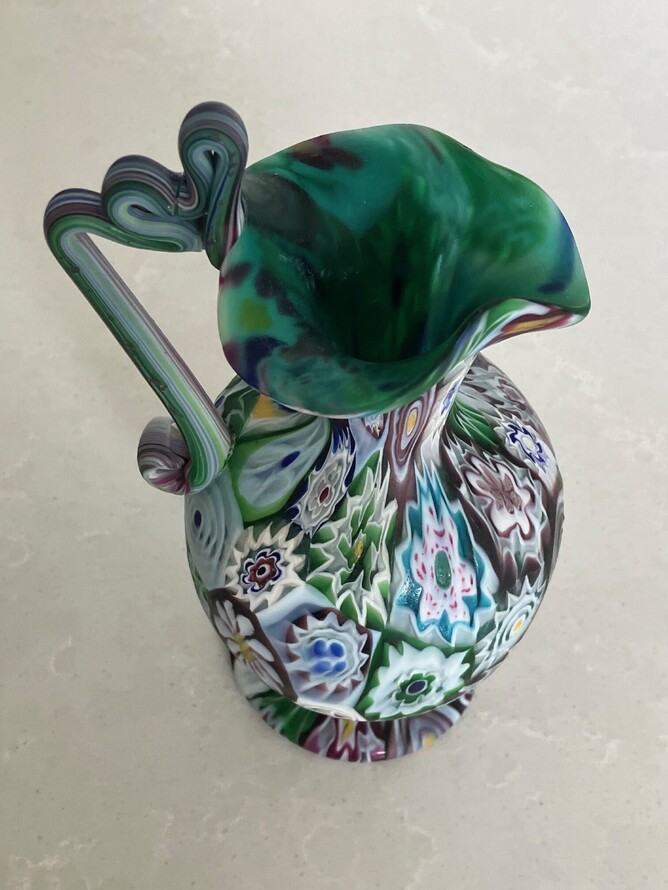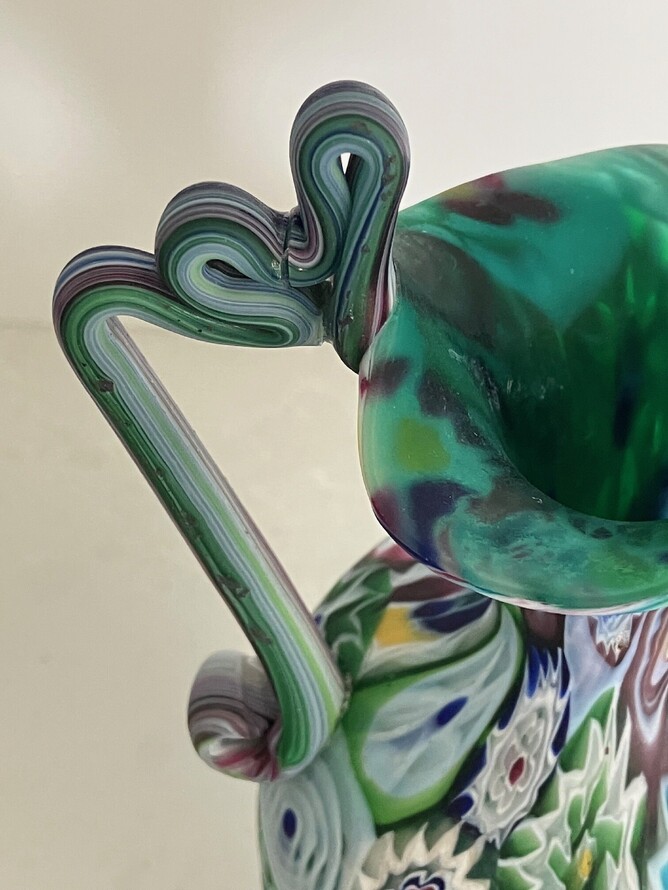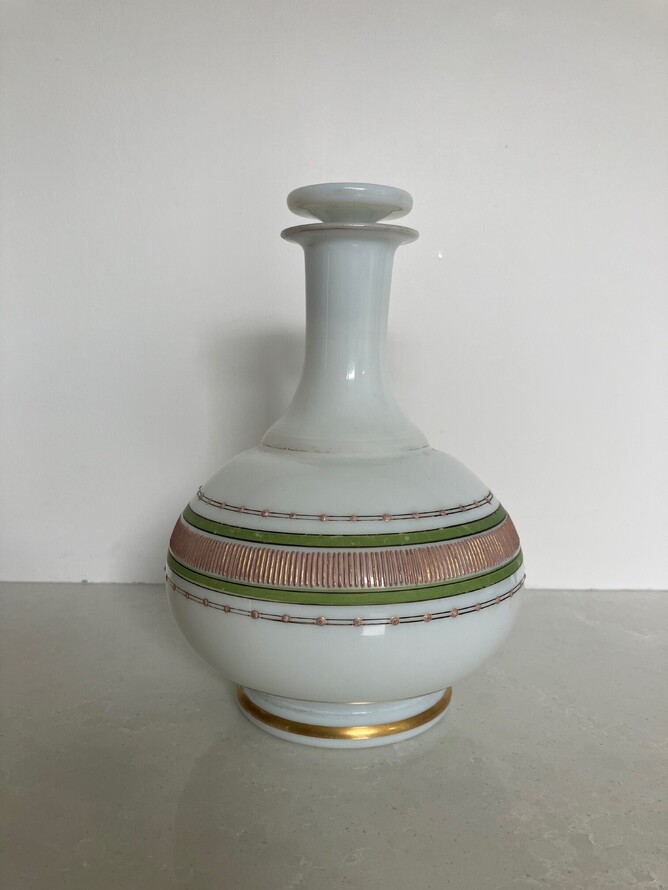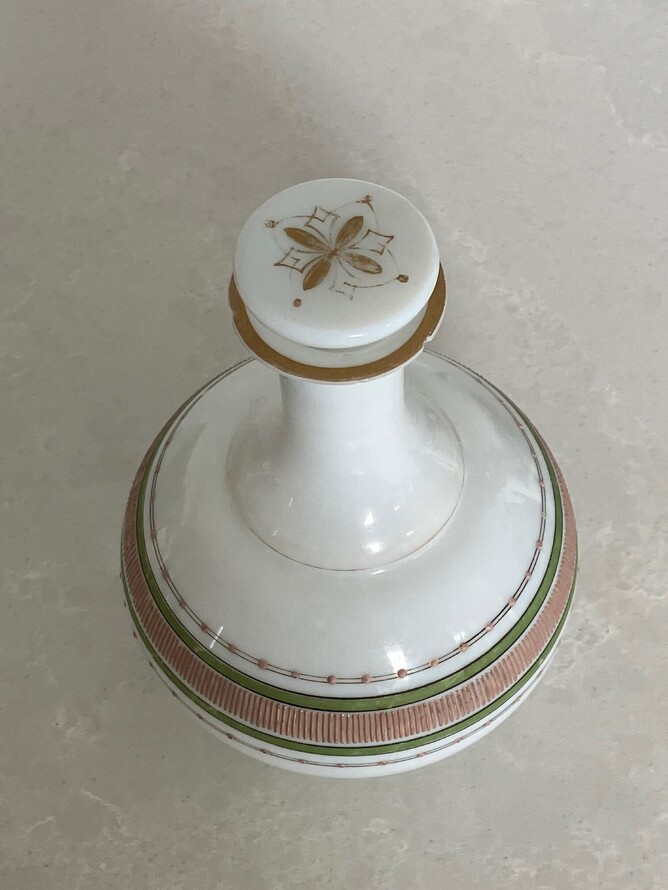As both a collector and antique dealer, I often find myself fascinated by the beauty of imperfections. It’s those little quirks—be it a slight chip, a dent, a worn patina, or even a thoughtful repair—that add depth and character to an item. These flaws don’t diminish the object; they elevate it, telling the story of its past, the hands it’s passed through, and the history it carries with it.
Antiques, by nature, are already rare. They’re pieces of the past, surviving the hands of time, with each crack or discolouration contributing to their unique narrative. For me, it's these very imperfections that make them special. A vase with a faint crack along its rim, or some gilding that has worn away, a weathered wooden chair that has been sat upon for generations, all of these tell a story that no flawless, mass-produced piece can.
However, I know that opinions on flaws can vary greatly. Some collectors (and even dealers) prefer only pristine, untouched items, while others—like myself—find beauty in the lived-in, the imperfect, the flawed. So, I’m curious: when it comes to buying or selling antiques, how do you feel about flaws? Are you drawn to pieces with a bit of character, or do you prefer things in mint condition?
For me, it’s all about balance. While I’m still thrilled when I come across an item in its original, unblemished form, I’ve learned to appreciate pieces that show their age. As long as the flaws are not an unwelcome surprise or dealbreaker (a hidden crack that compromises structural integrity, for example), I’m often more than willing to embrace them—especially if the price reflects those imperfections. After all, one of the joys of collecting antiques is the opportunity to discover something with a rich history, especially when it comes at a more accessible price point.
And let’s not forget that imperfections often add charm and uniqueness to an item. A repair on a piece of porcelain doesn’t take away from its elegance; in fact, it can make it even more interesting, as it gives the object a second life, some people actually seek out pieces with old staple repairs. The Murano glass jug (most likely by renowned makers Fratelli Toso) below has a fanciful handle that has broken and been repaired at some point in its history. While I'd pay more for a perfect example, this one still brings me joy. The other piece is nineteenth century French opaline glass. The gilding has worn away in numerous places; there are a couple of small chips on the rim and the stopper is frozen but the echoes of the old gilding remain reminding me of the many hands that have held this piece over its long life, so I'm happy to be its caretaker for the foreseeable future. Glass is particularly vulnerable and there are so many stunning pieces that might have slight irregularities or small imperfections from the glassblowing process. These “flaws” are actually what make each piece one-of-a-kind.
As collectors and dealers, we also have to consider the price. A small flaw or sign of wear is often reflected in the value of an item, which can make it more accessible for buyers who might not be able to afford a pristine, high-end example. It’s this balance of history, rarity, and condition that makes the world of antiques so intriguing and rewarding.
So, what do you think? Do you embrace the imperfections in antiques, or do you prefer items that are flawless? I’d love to hear your thoughts on this. What do flaws mean to you when you're collecting or selling?
Feel free to leave a comment below and share your experiences. 💭👇





